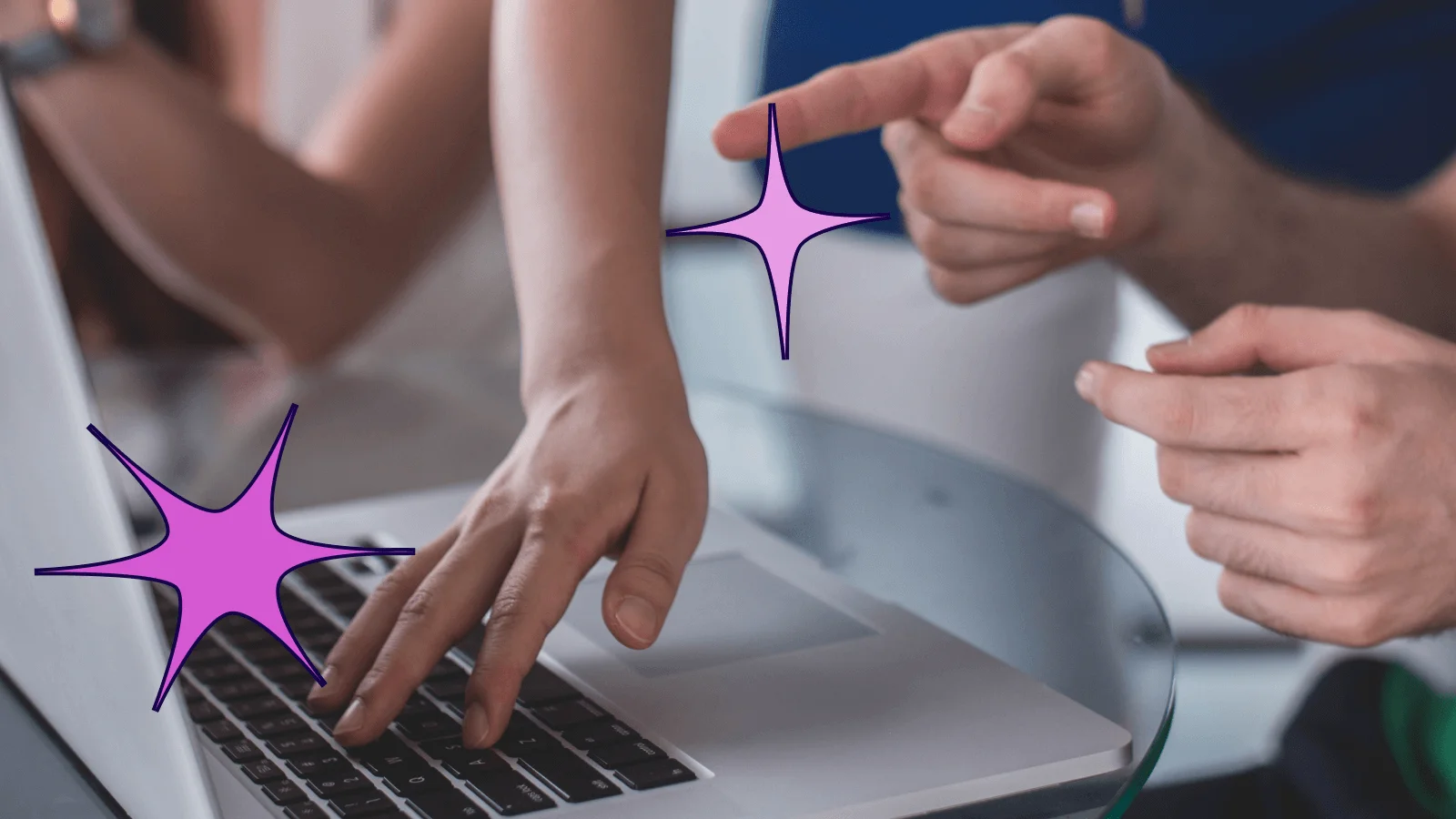“You have the attention span of a gnat!” I’m guessing we have all heard this from time to time, some of us more than others. Well, from my exhaustive Internet research, I believe you can confidently refute such an insult. You see gnats have an attention span of well less than a second – at least that’s what the first link in my Google search tells me! On the other hand, if someone tells you that you have the attention span of a goldfish, just smile and take the compliment. You see, goldfish are believed to have a nine second attention span while us humans clock in around eight seconds according to a Microsoft study.
The human attention span hasn’t always been so bad. Back in 2000 we were able to focus for an average of 12 seconds – easily outlasting our aquatic counterparts. What has happened? You probably guessed it. According to the same study, the impact of our increasingly digital lives has played a significant part in humans losing ground to goldfish.
So what does this mean for mobile app owners and digital marketers? It means that once you get someone to pay attention to your app, you have about eight seconds to entice them to continue to engage. That’s inarguably a tall task, but here are three tips that can help you make the most of that precious eight seconds:
Be a shepherd:
First time users, long dormant users, and users returning after a major app upgrade all deserve a little guidance. You probably know the techniques, onboarding, messages, tooltips, but don’t just blindly apply them. For instance, if you are going to build an onboarding experience, don’t turn it in to an app commercial. Build a flow that leads the user to the first action, such as creating a profile, that you want him to take. Similarly, don’t just show returning users a message introducing new features and leave it at that. Include a call-to-action in the message that somehow lets users interact with the new features. Remember, you have to get a user’s attention quickly and getting them to take action in your app is one of the best ways to do it.
Assume and learn:
There’s nothing worse than an app that ‘drops’ you off at a busy home screen with no indication of what to do next. Apps that receive consistently high satisfaction scores typically bring a user directly to the point of purpose – think Uber where a user opens the app and is immediately able to request a ride. Even if your app is not as task-oriented as something like Uber, you should start your users as close to the point of purpose as possible (i.e. a banking app should probably open to an account summary screen). This may require you to make some assumptions with respect to where you drop users off, but that’s okay. Assume and learn over time based on user app activity such as screen views and element interactions. You can also try to get more direct feedback about the experience via surveys and polls. Engaging your user in eight seconds requires that you address their purpose as fast as possible!
Remember to entertain:
Whether it’s to be quickly distracted in a business meeting or to pass time while waiting for a flight, people usually pick up their phone with the intention of being entertained. Keep that in mind when designing your engagement strategy. Humorous messages, quirky quizzes, and clever videos are all ways that you can entertain users. If you employ these techniques with the right frequency, you will keep your app users coming back to see what’s next!
If you made it this long, congratulations – you are clearly more focused than a goldfish! Kidding aside, making the most of the fleeting attention span of your users is crucial to your app’s success. Put these three tips to work to make the most of eight seconds!




